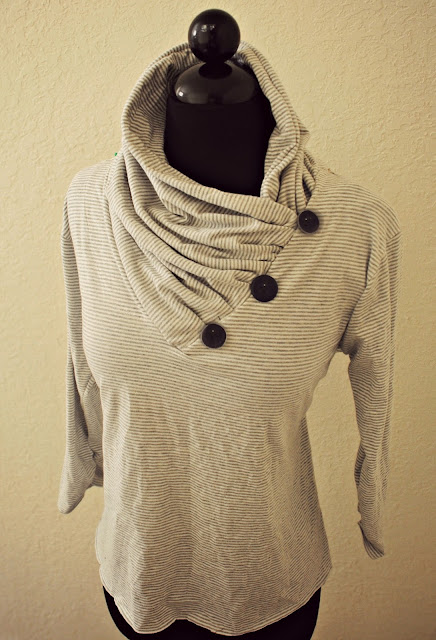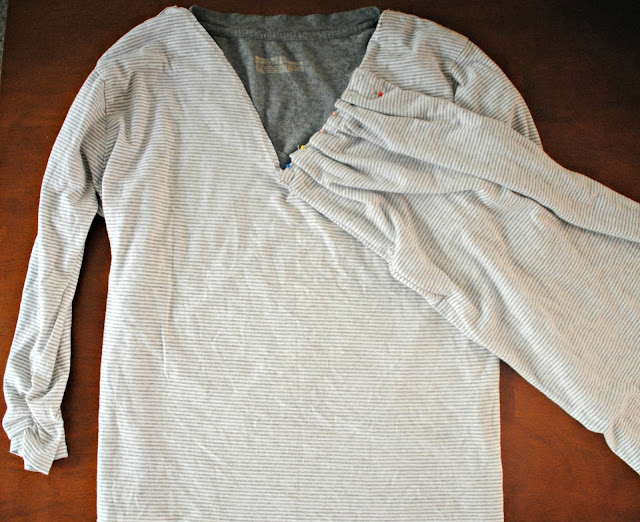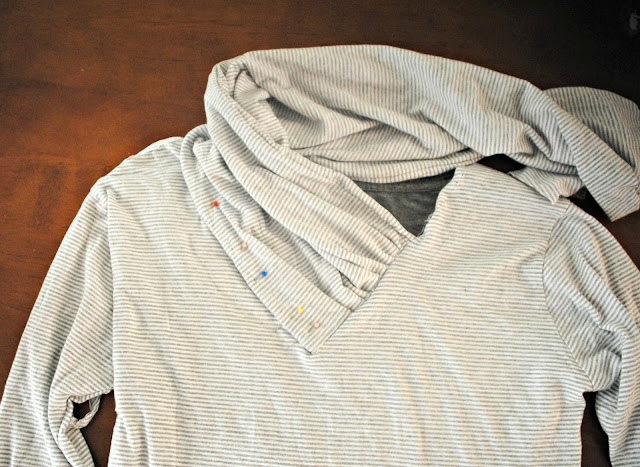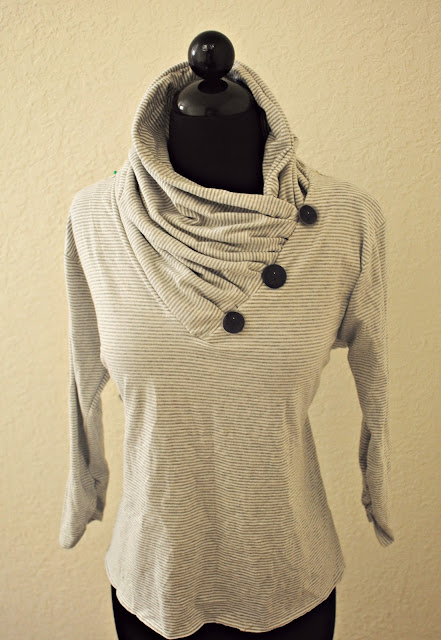No matter what kind of sewing you like to do, there are times you must use a hand needle and thread. It could be for something simple, such as sewing on a button, stitching an opening closed, or tacking a strap in place. Or, you can move up the hand-sewing food chain to beautifully intricate techniques, like hand embroidery or hand quilting. Learn our favorite tips to help eliminate knots and tangles, and keep those stitches flowing smoothly.
Whether you’re a pro or a novice at hand sewing, you’ve probably noticed how easily thread can twist back onto itself and become knotted, tangled or both. When this happens, after the cursing subsides, it becomes almost impossible to effectively finish your stitching. In some instances, you may have to completely start over because the thread breaks in the middle of your work as a result of your attempts to remove the knot!
We’ve outlined our favorite products to use and the tips to try to tame those tangles.
Fave products
Beeswax
A commonly used product you may have spied in your mother's or grandmother’s sewing box is beeswax . It’s traditionally found in the shape of a circle, often in a circular plastic case with notches on it so you can easily pull the thread through the beeswax before sewing (which you should do two to three times to properly coat the thread with wax).
. It’s traditionally found in the shape of a circle, often in a circular plastic case with notches on it so you can easily pull the thread through the beeswax before sewing (which you should do two to three times to properly coat the thread with wax).
The beeswax coating provides added strength, resistance to static cling, and helps allow the thread to slip through the fabric and prevent tangling. In addition, you can wrap your beeswax-ed thread in a scrap of fabric (preferably muslin), a paper towel, or just plain paper and then iron the thread. This ironing process will melt the beeswax onto the thread for additional strengthening. The one negative to beeswax is that it can stain your fabric. And, some people find it too sticky. As we always say, test first!
You can find beeswax at most local sewing supply stores. We found it online at Amazon as well as other retailers.
as well as other retailers.
You can also find blocks of pure or natural beeswax,"which some experts say is the only way to go. We found a nice selection of this natural beeswax at Laney Honey.
Thread Heaven
A popular alternative to beeswax with many sewing experts is Thread Heaven . This is a thread conditioner and protectant that comes in a little blue box with a hard gel-like square inside, into which you press the thread as you pull it through. It provides all of the same benefits as beeswax, such as strengthening, anti-static, and tangle reduction.
. This is a thread conditioner and protectant that comes in a little blue box with a hard gel-like square inside, into which you press the thread as you pull it through. It provides all of the same benefits as beeswax, such as strengthening, anti-static, and tangle reduction.
Thread Heaven treats the thread so it doesn't discolor, and the product does not stain after laundering or ironing. It protects against UV rays, resists mold and mildew, reduces thread drag, and has a whole host of other benefits you can read about on the Thread Heaven website. Their site also has step-by-step instructions on how to properly apply it... even though it's really pretty straight forward.
treats the thread so it doesn't discolor, and the product does not stain after laundering or ironing. It protects against UV rays, resists mold and mildew, reduces thread drag, and has a whole host of other benefits you can read about on the Thread Heaven website. Their site also has step-by-step instructions on how to properly apply it... even though it's really pretty straight forward.
Those who use this product rave about its benefits and ability to keep thread from tangling. You can even use a tiny dab on the eye of your machine needle to help reduce static as the thread passes through the eye of the needle.
Home remedy
At Sew4Home, we understand everyone has a budget. So, when we’re researching a subject, we like to also look for ways to use household items you may already have on hand. We learned many quilters use dryer sheets to help prevent static cling and tangling when sewing by hand. Simply run your thread between the layers of a folded dryer sheet a couple times to try this trick. Here again, we strongly recommend trying all the various options we’ve discussed to see which works best for you, your specific project, and your thread type.
Hand sewing thread versus regular thread
Many thread companies make specific thread for hand sewing, which is already treated or coated to help reduce static, tangles and knotting. You can check out these options at a local sewing supply retailer and compare how they feel in comparison to the regular threads you use in your machine.
NOTE: Do NOT use hand sewing thread in your sewing machine. It's okay to use machine thread for hand sewing, but don't do the other direction as hand sewing thread may not have the tensile strength to work in a machine.
When it comes to thread, you can dive right into the deep end and soak up tons of information about types, twists, finishes, and more. There's a lot to know about this sewing staple! You'll soon learn certain types of threads are more susceptible to static and tangling. The Superior Threads website has an extensive Education section that will increase your thread knowledge exponentially (and possible increase your chances of appearing on Jeopardy!). We also have a Sew4Home article overview on selecting the right thread for the job; it was put together with help from our friends at Coats & Clark.
Other hand sewing tips
Always thread the end you've actually cut from the spool into the eye of the needle.
As you hand sew, pull the thread in the direction you are sewing.
Hand quilters will roll the needle between their fingers as they stitch in the opposite direction of the twist of the thread.
Cut you thread into lengths no longer than about 18" to 20". Some people have offered a non-tangle tip of not cutting your length of thread from the spool until after the eye is threaded.
Credit to: sew4home.com
















